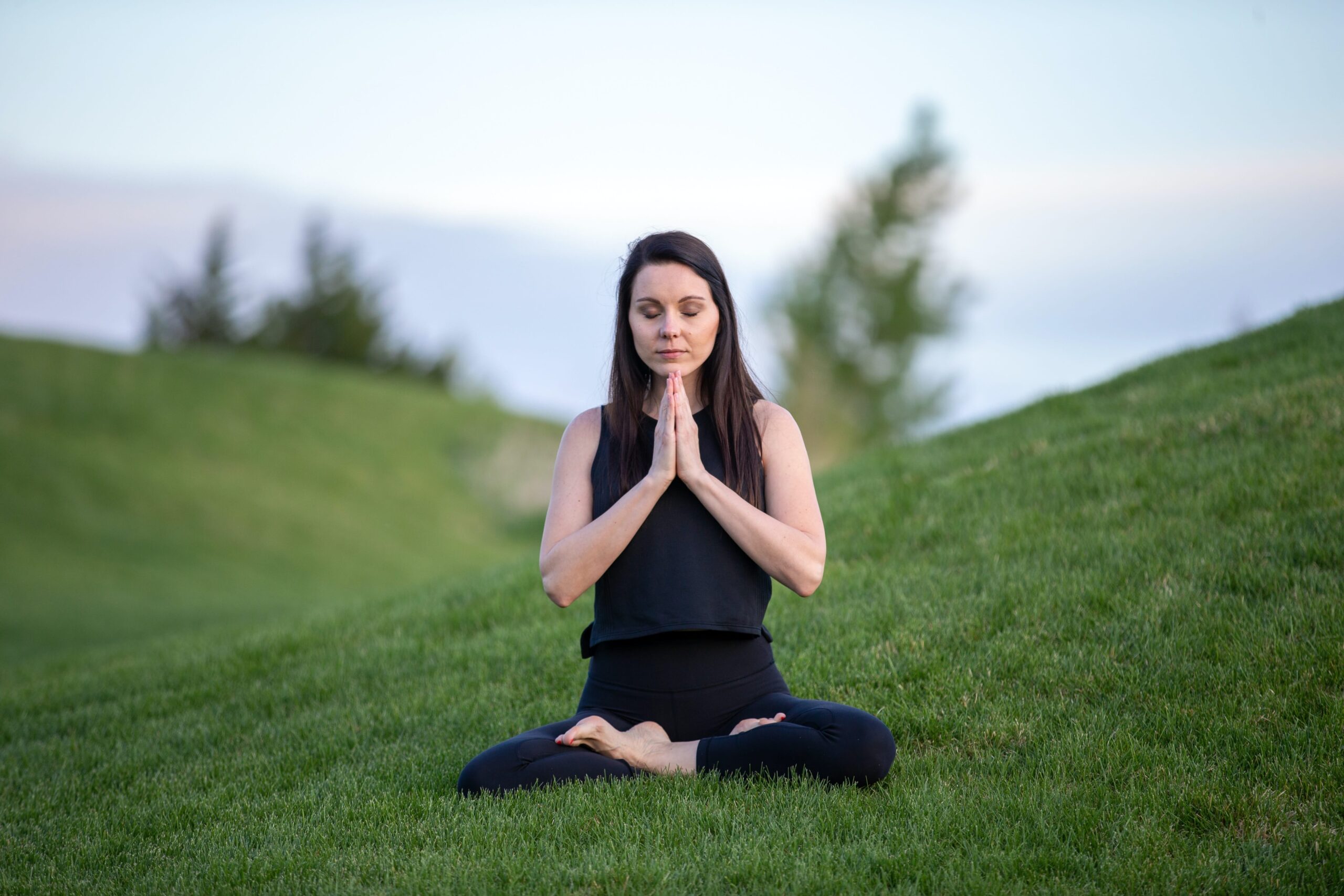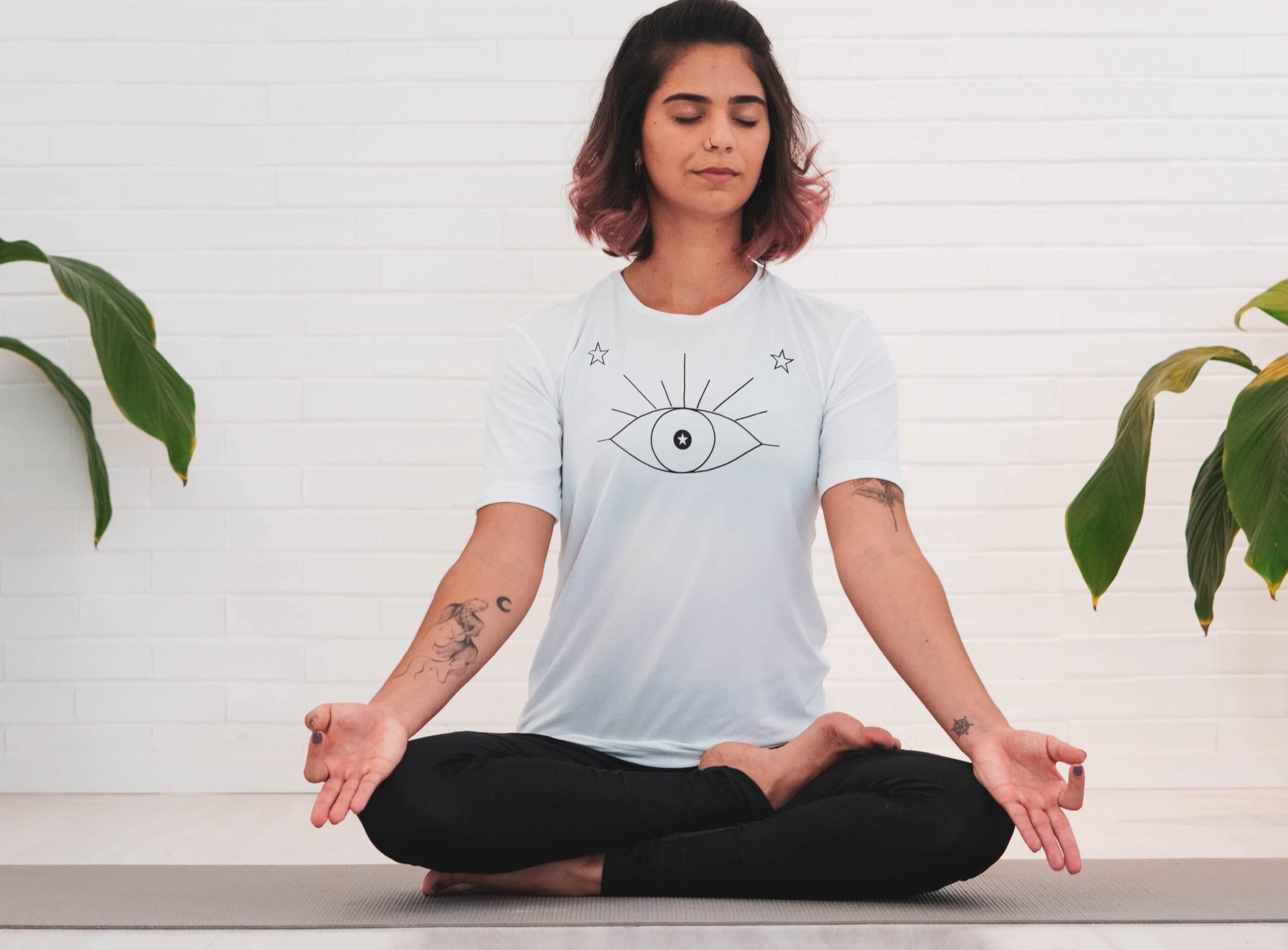
Deep Breathing Techniques: Unlock Inner Calm and Reduce Stress
In today’s fast-paced world, stress has become a ubiquitous presence in our lives, impacting our mental and physical well-being. The demands of work, relationships, and daily responsibilities can often leave us feeling overwhelmed and anxious. However, deep breathing techniques offer a powerful antidote to the chaos, allowing us to tap into a sense of inner calm and serenity amidst the storm.
Understanding the Power of Deep Breathing
Deep breathing, also known as diaphragmatic breathing or abdominal breathing, involves taking slow, deep breaths from the diaphragm rather than shallow breaths from the chest. This simple yet profound technique activates the body’s relaxation response, triggering a cascade of physiological changes that promote stress reduction and emotional balance.
The diaphragm, a dome-shaped muscle underneath the lungs, contracts during deep breathing. The lungs may fully expand and fill with air because the diaphragm makes more room in the chest cavity as it contracts and descends. This kind of deep breathing activates the parasympathetic nervous system, which is in charge of bringing about emotions of peace and relaxation, and increases the amount of oxygen that reaches the brain.

The Benefits of Deep Breathing
The benefits of deep breathing extend far beyond mere relaxation. Incorporating deep breathing techniques into your daily routine can have profound effects on your overall health and well-being. Some of the key benefits include:
- Stress Reduction: Deep breathing activates the body’s relaxation response, helping to alleviate feelings of stress, anxiety, and tension.
- Improved Respiratory Function: Practicing deep breathing strengthens the diaphragm and improves lung function, leading to better oxygenation of the blood and enhanced respiratory efficiency.
- Enhanced Mental Clarity: Deep breathing increases oxygen flow to the brain, improving cognitive function, focus, and mental clarity.
- Better Sleep: Deep breathing promotes relaxation and reduces bedtime anxiety, helping you fall asleep faster and enjoy more restful sleep throughout the night.
- Lowered Blood Pressure: By inducing relaxation and reducing stress, deep breathing can help lower blood pressure levels and improve cardiovascular health.
How to Practice Deep Breathing
Now that we understand the benefits of deep breathing, let’s explore some simple yet effective techniques to incorporate into your daily routine:
- Diaphragmatic Breathing: Choose a comfortable sitting or sleeping posture to start. Grasp your belly with one hand and your chest with the other. Breathe deeply through your nose, allowing the air to enter your lungs and expanding your stomach. Breathe out gently through your lips, allowing your belly to drop as you do so. For many minutes, repeat this procedure while paying attention to how your breath enters and exits your body.
- Box Breathing:Box breathing is a very effective method for improving attention and concentration that is utilised by athletes, military people, and mindfulness practitioners. To begin, take four deep breaths through your nostrils. After holding your breath for four counts, let it gradually through your lips for another four counts. When the count of four has been reached, finally stop and start the following breath cycle. For several rounds, repeat this sequence while keeping your rhythm and attention constant.
- Alternate Nostril Breathing: This age-old yoga method soothes the mind and harmonies the body’s energy flow. Maintain a straight back when sitting comfortably. Breathe deeply through your left nostril while closing your right nostril with your thumb. Next, use your right ring finger to shut your left nostril and release the breath via your right nostril. Breathe in via your right nostril, shut it with your right thumb, and then release the breath through your left nostril. For many minutes, keep breathing through your alternate nostrils, paying attention to the regular and even flow of your breath.

Incorporating Deep Breathing into Your Routine
To experience the full benefits of deep breathing, it’s important to make it a regular part of your routine. Here are some tips for incorporating deep breathing into your daily life:
- Set Aside Time for Practice: Make time in your daily schedule to practice deep breathing. This might be done right before bed, at lunchtime, or first thing in the morning.
- Combine Deep Breathing with Other Activities: Deep breathing can be combined with other relaxation techniques, such as meditation or yoga, to enhance its benefits.
- Practice Mindful Breathing: As you practice deep breathing, focus your attention fully on the sensation of your breath entering and leaving your body. This can help quiet the mind and deepen relaxation.
- Use Deep Breathing as a Coping Strategy: Whenever you find yourself feeling stressed or anxious, take a few moments to practice deep breathing. It can be a powerful tool for managing difficult emotions in the moment.

Conclusion
In conclusion, deep breathing is a simple yet powerful tool for relaxation and stress relief. By incorporating various deep breathing techniques into your daily routine, you can experience a greater sense of calmness, improved focus, and enhanced well-being. Remember to explore the different techniques mentioned in this guide and find the ones that resonate with you the most. So take a deep breath, embrace the power of deep breathing, and embark on a journey towards a more relaxed and stress-free life.




